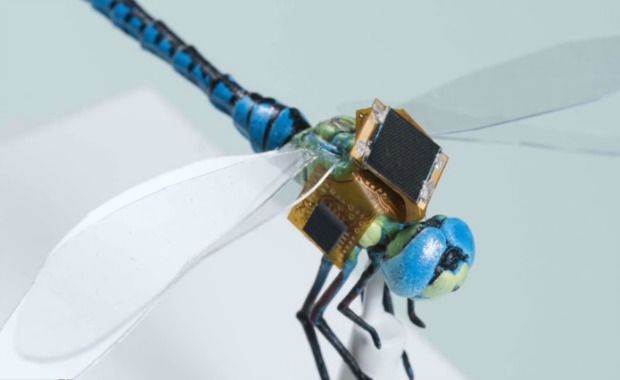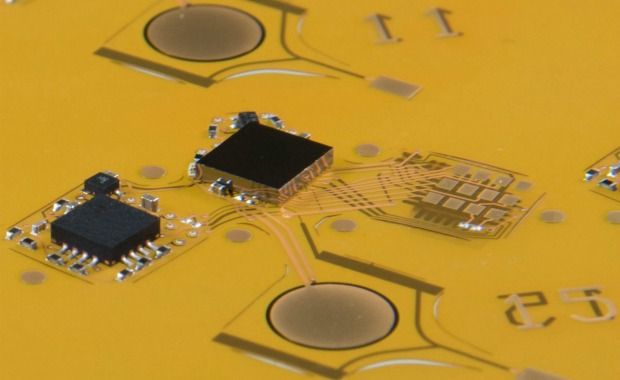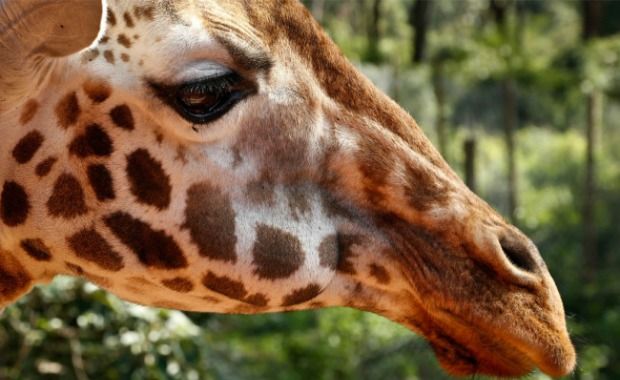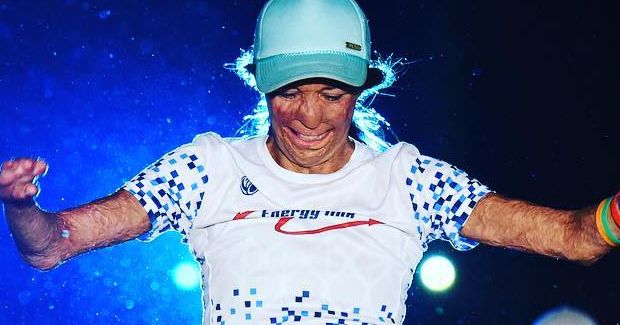Advertisement
Apple
DragonflEye Steering Drone to Be Used on Real Dragonflies
By
Robin Milling
2 min read
- # DragonflEye
- # dragonfly
- # Draper
Advertisement - Continue reading below

The idea behind insect drones used to be one of science fiction where they would swarm around wreaking havoc on the human population. Case in point — the Black Mirror episode “Hated in the Nation” on Netflix where drone bees are programmed to attack and kill those targeted people who are despised.
Cut to scientists developing a way to use insects for good. The buzz is that the engineers at the research and development company Draper and the Howard Hughes Medical Institute (HHMI) at Janelia Farm have gotten together to create the DragonflEye project where a miniaturized backpack (micro-aerial vehicle) is attached to the dragonflies’ midsection for autonomous navigation as a way to guide the flight path of dragonflies.
Insect rights activists can rest assured the backpack is not harmful to the dragonfly. The engineers have utilized a more delicate approach. Instead of using electrodes to force the muscles of the dragonflies to do what the engineers need them to do, they are outfitted with optrodes that activate a special kind of neuron with light pulses piped into the nerve cord from the dragonfly’s backpack — similar to those naturally found in the eye. The neurons act as a bridge between the sensors and the muscles of the dragonfly to help steer the insect.
Senior biomedical engineer at Draper, Jesse J. Wheeler said, “This will allow us to develop precise onboard tracking algorithms for autonomous navigation.”
The work could enable dragonflies to carry payloads or conduct surveillance.

The dragonfly is that prehistoric-looking insect which seems to appear just to annoy you during romantic picnic lunches. However, their size and agility make them perfect candidates. Common dragonflies weigh around .02 ounces and can reach accelerations akin to an F-16 fighter jet.
Wheeler said, “Mechanical fliers of comparable size are far less efficient at producing lift, stabilizing flight, and storing energy. Mechanical fliers can carry only very small power sources, which means that they have enough power to fly for only very brief periods of time.”
https://youtu.be/MuiGX5dg4pI
The DragonflEye backpack is good for the environment as well. It is designed to navigate autonomously and collect energy from the sun via mini solar panels — which minimizes the need for heavy batteries. The energy is harvested for extended operation. Because the pack is so small, dragonflies will still be able to fly with the packs on.
After a year of research, a lighter DragonflEye 2.0 is already in the works. DragonflEye hopes to put technology on other agile insects such as the honeybee to assist with pollination. This is good news for the honeybee, which has declined by 44 percent in just one year.
Your Daily Dish reached out to Draper for a comment.
Advertisement - Continue reading below












